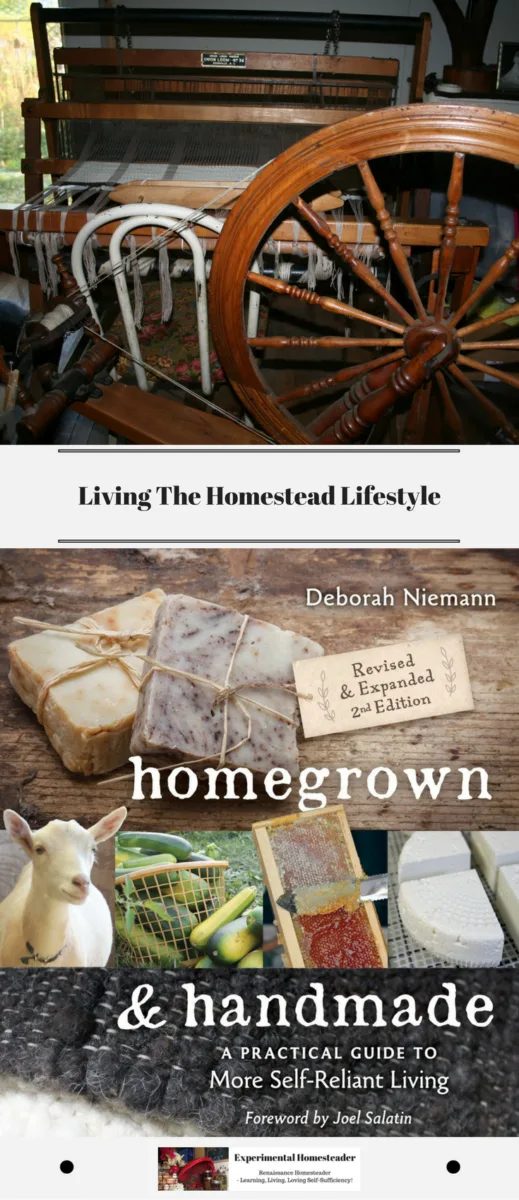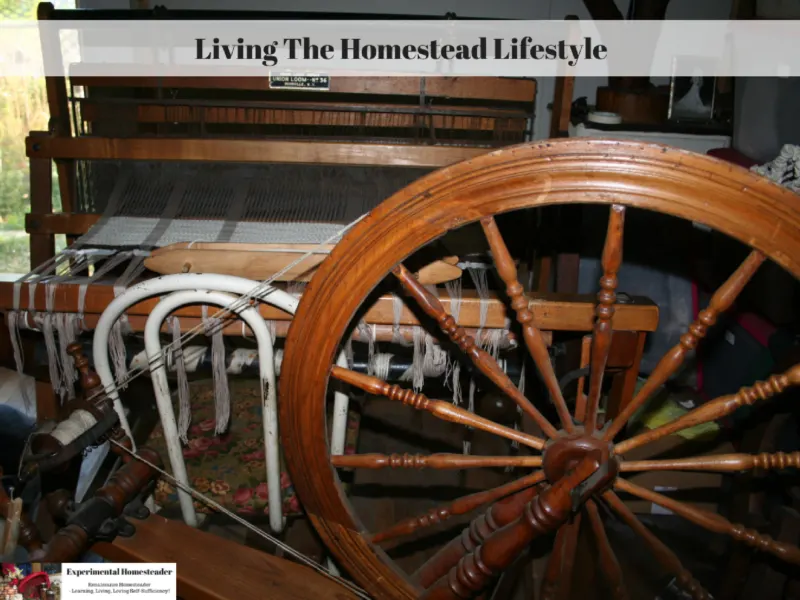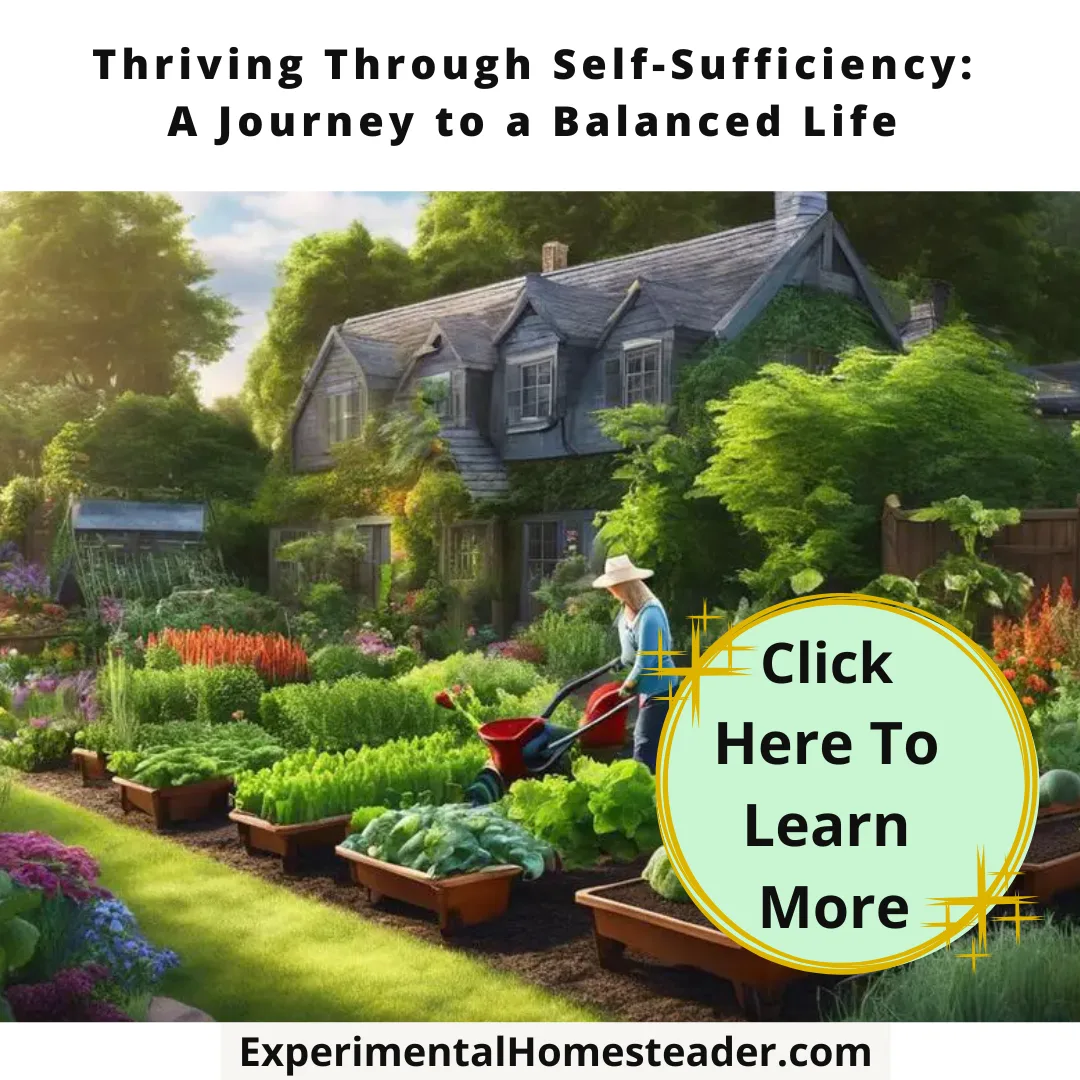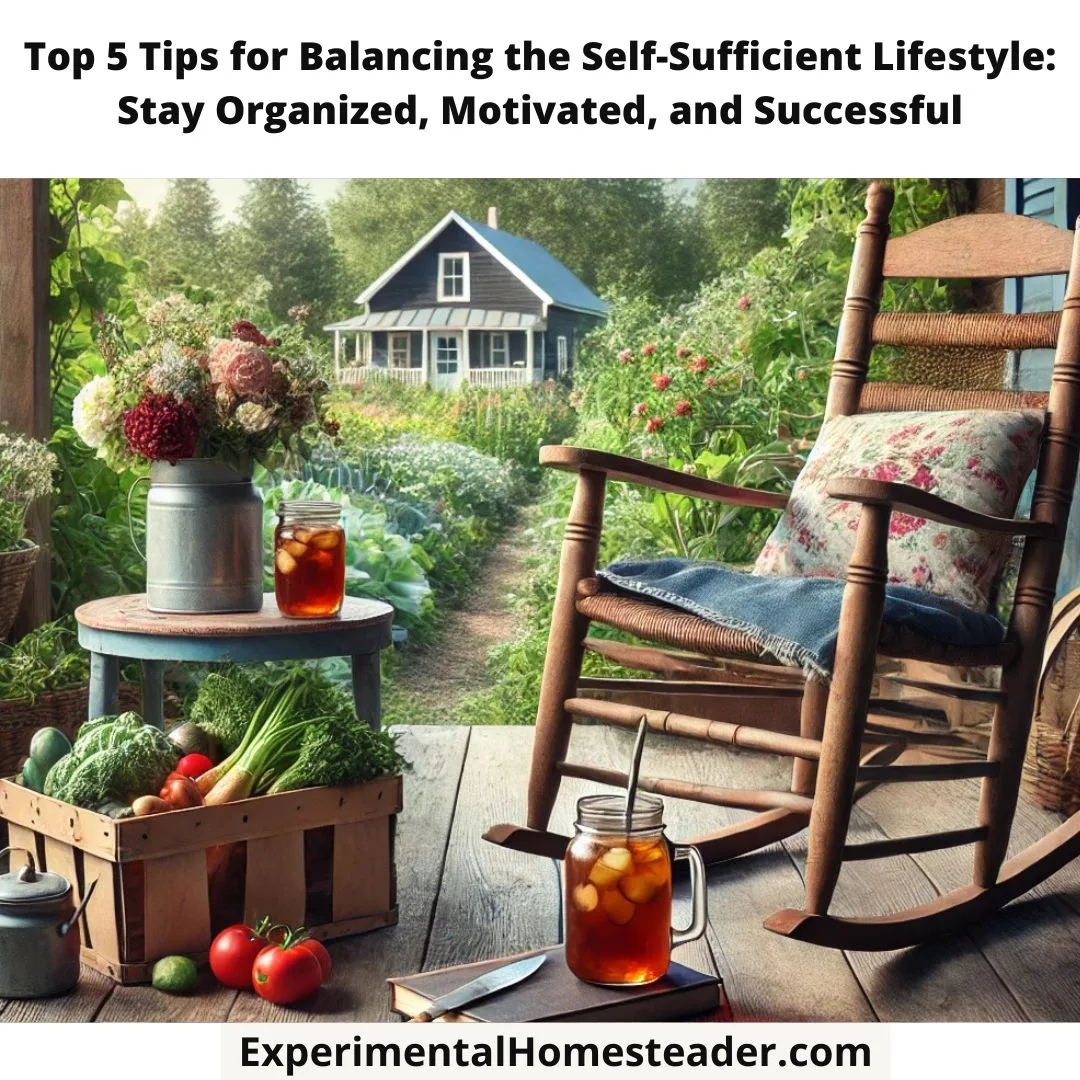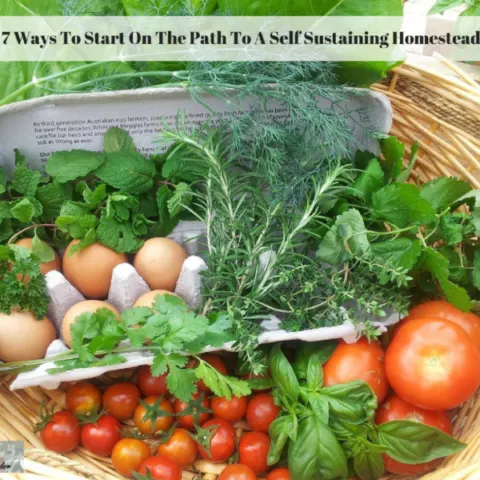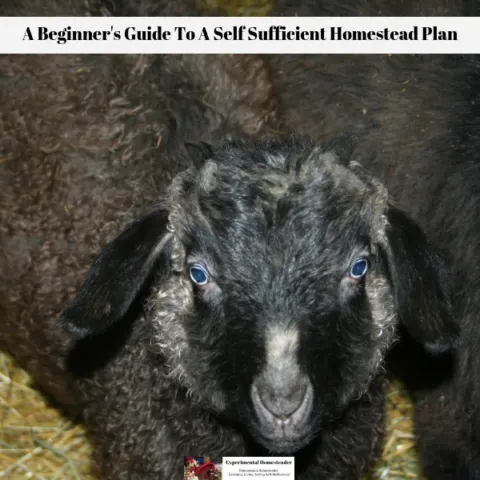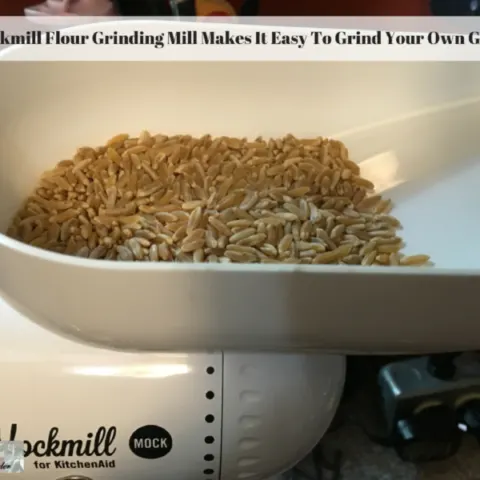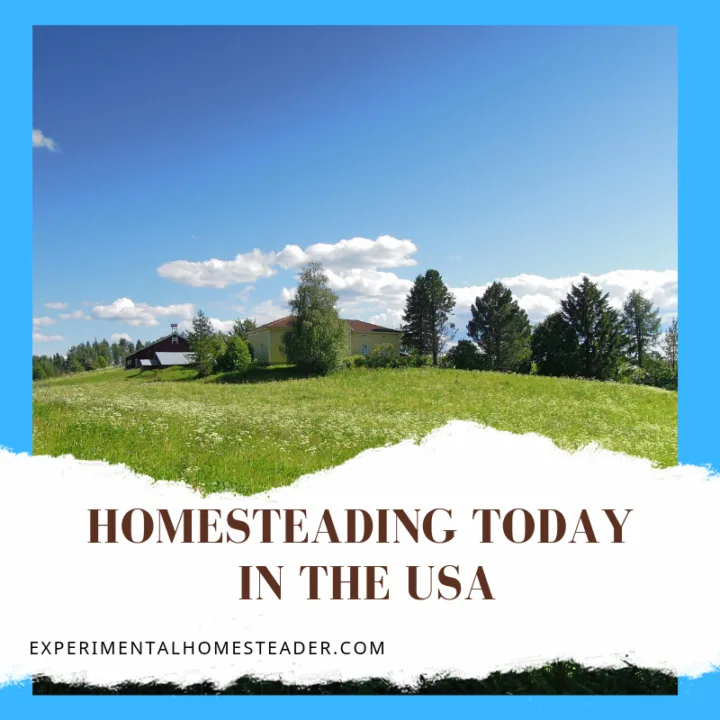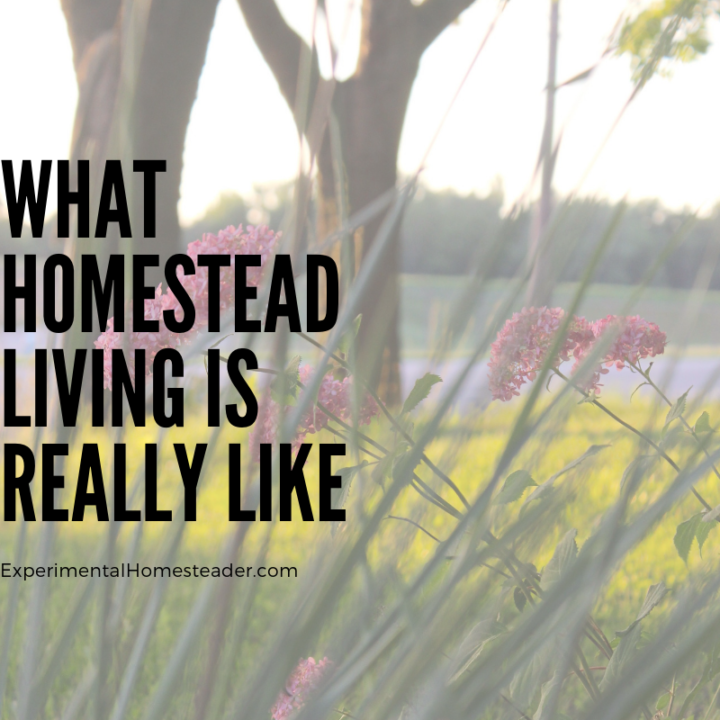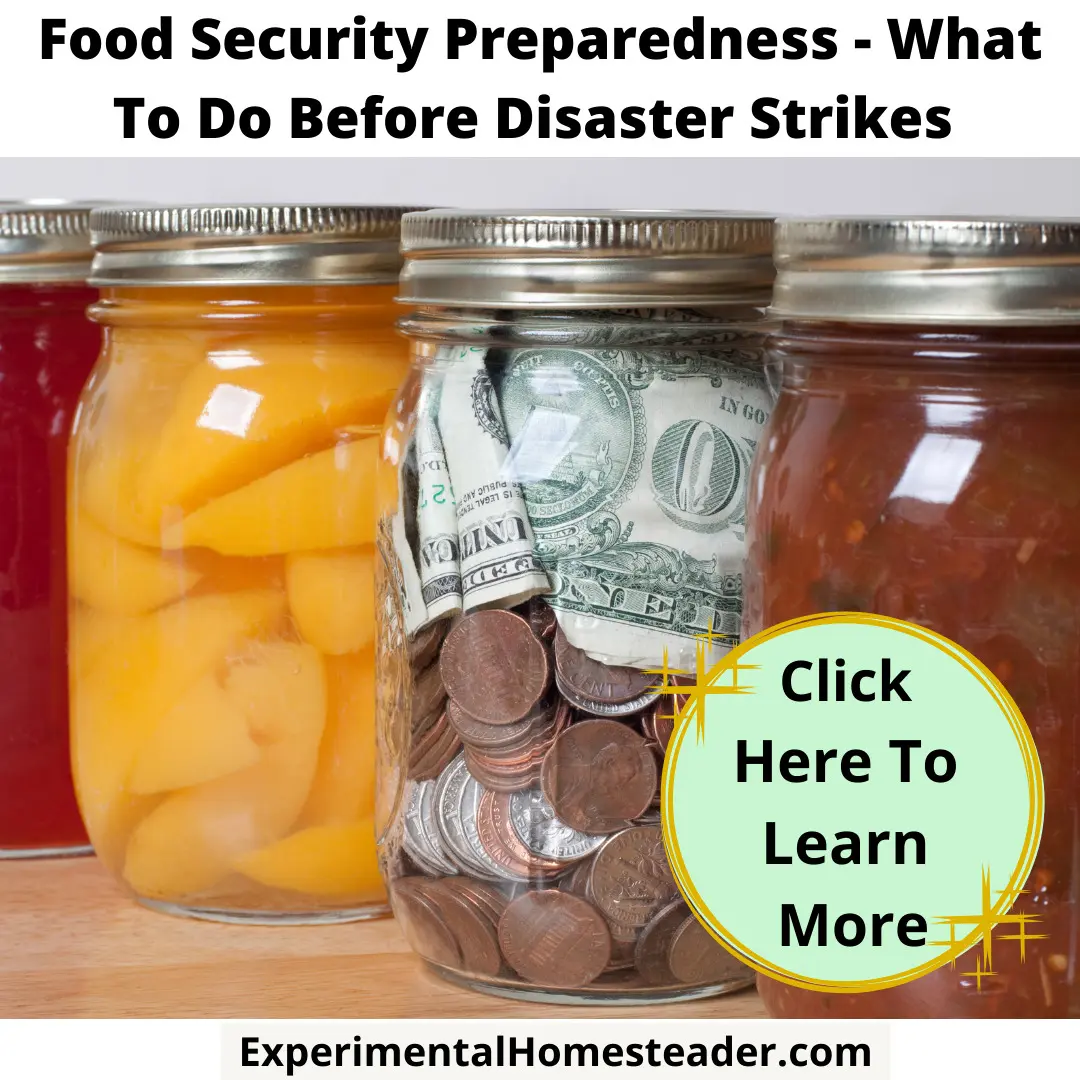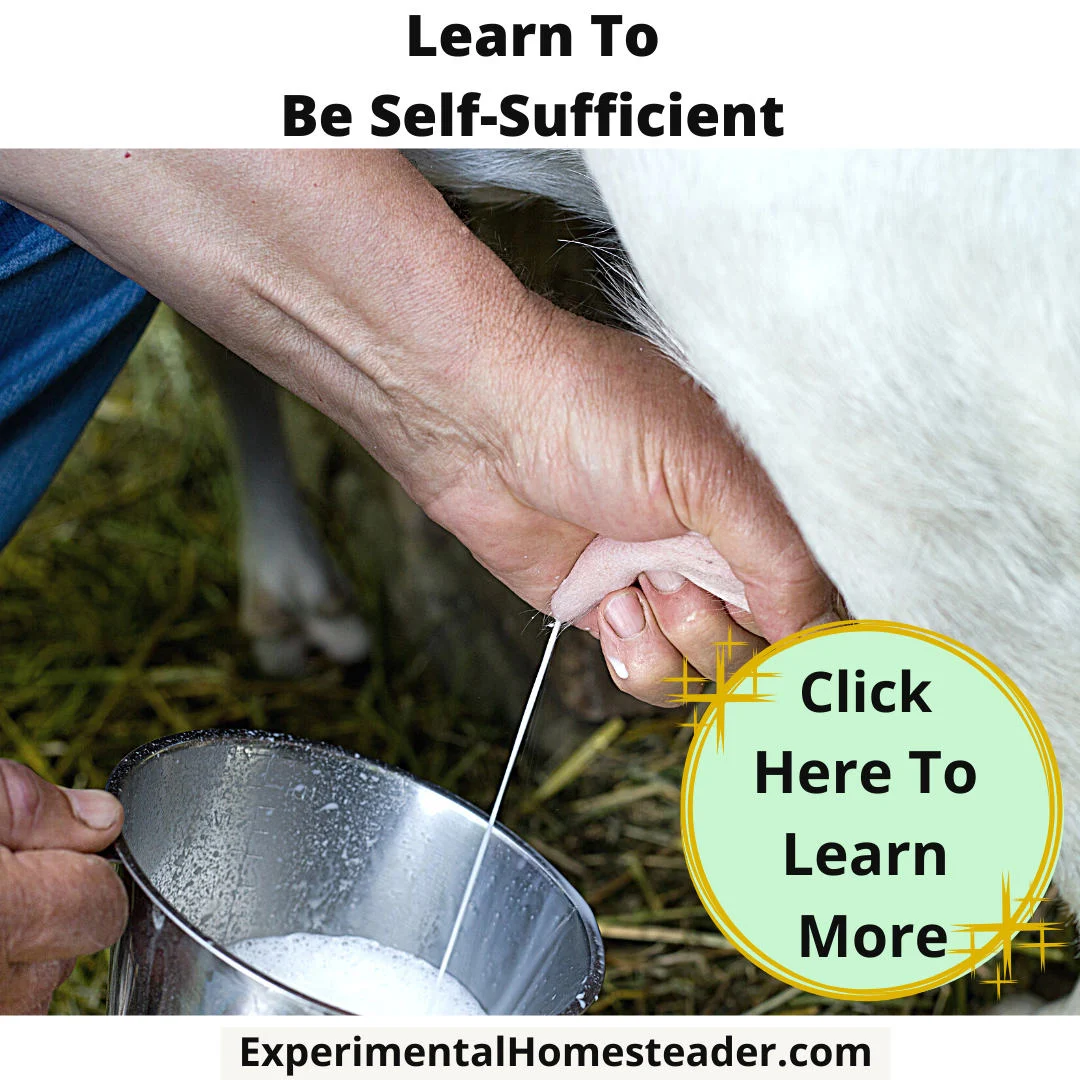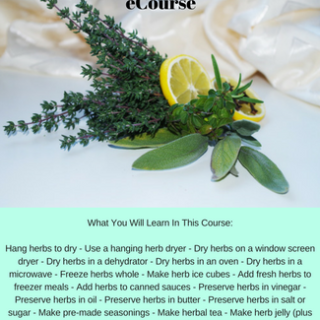Disclaimer: This is a sponsored post brought to you by the Homestead Bloggers Network. I did receive a free copy of the book as well as compensation for this post. Regardless I only post items that I feel my readers will benefit from. All opinions are my own. There are also links to products I recommend from companies that I have a referral relationship with. I will be compensated if you make a purchase after clicking on my links.
Living the homestead lifestyle includes growing your own food and learning how to make handmade items instead of buying them.
Why I Chose To Homestead
My journey began in 1993, but my dream of owning a small acreage homestead did not happen until 2004.
I began growing herbs, raising some of my own food, making soap and figuring out how to use the herbs I was growing.
In 1994 I moved onto a 50 acre farm, sadly it was not mine and in 1999 I had to move back to the city.
The five years I lived on the farm was filled with lots of learning and lots of happiness.
I had a large garden, a greenhouse and wild foods to forage.
I raised poultry and horses.
Moving back to the city was horrible - loud noises all hours of the day and night, a small lot to grow on, neighbors and no livestock.
In 2004 we purchased a small property right on the county line.
It was an acre and a half but a few years later we were able to purchase an adjoining acre to create the two and a half acre homestead we now live on.
Over the years I have come to love the homesteading lifestyle so much that I created a FREE Homesteading eCourse to help you get started on your journey.
Getting Started With The Homestead Lifestyle
I tend to take on way too many projects - and that is just what I did when we moved here.
I immediately started my first winter garden - because it was August and I did not want to wait for spring even though in hindsight that would have made more sense.
I brought truckloads of plants with me that I had been hauling from place to place for years and since we had no time to till or even a way to till those went into the ground with grass all around them.
What a mess that has been!
I also insisted on planting fruit trees that fall - because they do take five years to produce and I didn't want to wait a minute longer.
The following spring we started raising poultry and by fall had a horse and goats.
The next year we added sheep.
It was an exciting, overwhelming time and if I had to do it all again, I would not do it quite so fast.
Homesteading Is Not Easy
I learned how hard homesteading is the old fashion way - by doing it.
Homesteading is a choice that each person has to make, then commit to and it is not always an easy choice.
For many they want to be self-sufficient and not rely on anyone else - that was also my reason - but going from point A to point B on your own takes determination.
It is easier to give up than forge ahead.
Growing your own food takes time, patience and then you must have the ability to preserve it for winter use to get the most out of your garden.
For those who choose to raise livestock, it is a learning curve especially if you are doing it for the first time.
Animals get sick and often a vet is not close by or cannot save them.
You must accept sometimes death is inevitable.
Learning how to make things by hand is not so easy either.
I chose to raise fiber animals so I could spin my own yarn, then knit clothing and weave fabric.
Never did I dream the learning curve was going to be so steep.
The Choice Is Yours
The journey from living in the city where I went to the store to buy everything I needed to moving onto a homestead where I was on my own was filled with tears, frustration and finally success.
Those first few years I felt very alone and often wondered if this lifestyle was the right choice for me.
Along the way the homestead movement picked up momentum.
I was able to connect with others on the same journey.
I found people who shared the heartache of losing animals, the frustration of things not going right and finally the people who had the skills I needed to learn what I was doing wrong.
Most of them were happy to share their knowledge but living in a small town none of them were close by.
I relied on books, the internet and of course, Facebook!
A Great Mentor Who Is Living The Homestead Lifestyle
One person I met along the way was Deborah Niemann.
Over the years she has had her share of struggles but one thing is for sure, she is a true homesteader at heart, just like I am, and has taken on those struggles, learned from them and made it through the darkest of storms.
Recently a revised and expanded 2nd edition version of her book Homegrown & Handmade was released.
If you have the original version of Homegrown & Handmade you might wonder if you need the revised edition, as far as I am concerned, the answer is yes!
Learning Along The Way
One of the things I have learned personally is that the longer you do something the better you get at it and the more you learn.
In the revised edition of the Homegrown & Handmade book, this is clear.
There is a lot of new information in the revised edition.
In fact, there are three new sections - Homegrown Pork, Homegrown Sweeteners and Homegrown Business.
There is also some information that is updated and is going to help people who have already read the original version of the Homegrown & Handmade book.
Some of the information that is updated includes statical information about the sad state of food, farming systems in the United States and our health.
There are also some revised recipes that are gluten-free.
Deborah Niemann has come a long way in her knowledge and that shows in this new book.
Final Thoughts
Over the years I have read a lot of books on homesteading.
I have talked with a lot of people and learned a lot through trial and error.
When I received my copy of Homegrown & Handmade I was anxious to read it to see if there really was anything in it I did not already know.
It was a great refresher on things I had forgotten but it was so much more than that.
The recipes and projects inspired me to try my hand at something new.
I was even inspired to try things - such as wet felting - that I had failed at in the past.
More About The Homegrown And Handmade, Revised Edition
Homegrown and Handmade, Revised Edition is a comprehensive guide to food and fiber from scratch.
This book proves that attitude and knowledge is more important than acreage.
Written from the perspective of a successful, self-taught modern homesteader, this well-illustrated, practical, and accessible manual will appeal to anyone who dreams of a more empowered life.
Chapters include gardening, keeping backyard livestock, and making your own handmade items.
And this exclusive giveaway package through Homestead Bloggers Network will have items you need to bring the book to life in your own home.
To keep up on what is going on with this book - or other great books on topics you are sure to love, follow New Society Publishing on social media.
Here are the links:
Self-Sufficient Living
Explore the ultimate guide to self-sufficient living with our curated list of related blog posts. From food preservation to DIY projects and homesteading inspiration, find everything you need to thrive on your self-sufficiency journey. Perfect for beginners and seasoned homesteaders alike!
The Essential Guide To A Completely Self Sufficient Homestead
Learn how to start living on a completely self sufficient homestead today with this essential guide plus sign up for our FREE eCourse!
How To Be Self-Sufficient In An Apartment
Learn how to be self-sufficient in an apartment. Even if you live in a big city you can learn skills you will use one day on your homestead.
Thriving Through Self-Sufficiency: A Journey to a Balanced Life
Learn how to thrive through self-sufficiency: slow down, live intentionally, and find balance for a healthier and more sustainable lifestyle.
Top 5 Tips for Balancing the Self-Sufficient Lifestyle: Stay Organized, Motivated, and Successful
Discover how to balance the self-sufficient lifestyle with actionable tips for organization, motivation, and sustainable success.
Step-by-Step Guide to Self-Sufficient Living: One Small Step at a Time
Start small with this step-by-step guide to self-sufficient living. Simple, achievable tips to ease into a sustainable lifestyle.
7 Ways To Start On The Path To A Self Sustaining Homestead
A self sustaining homestead is a lot of work but you do get a lot of satisfaction knowing you are living the self sufficient life you've dreamed of.
A Beginner's Guide To A Self Sufficient Homestead Plan
Making a self sufficient homestead plan is the first step to accomplishing your goal of living on a self sufficient homestead.
Seasonal Foraging Guide for Homesteaders: Year-Round Wild Edibles
Enhance your homesteading skills with our comprehensive seasonal foraging guide. Learn how to find and enjoy nature's delicious offerings.
Weapons To Include In Your Homesteading Self Sufficiency Survival Kit
Learn what weapons - both lethal and non-lethal - to include in your homesteading self sufficiency survival kit. Also learn why you need to include them.
Mockmill Flour Grinding Mill Makes It Easy To Grind Your Own Grain
The Mockmill flour grinding mill quickly and easily turns wheat berries into flour that is perfect for making freshly baked bread.
Homesteading Today In The USA
Although the Homestead Act of 1862 is no longer in effect, free land is still available for those wanting to try their hand at homesteading today.
How Much Land For A Homestead
When it comes down to the reality of how much land for a homestead you really need, it's much more than just a number. Learn what you need to consider.
What Homestead Living Is Really Like
Learn what homesteading living is really like. It's not always picturesque or romantic. In fact, sometimes it is difficult.
Food Security Preparedness - What To Do Before Disaster Strikes
Learn what food security preparedness skills you need to survive any natural or man-made disaster, and why you should grow your own food.
Learn To Be Self-Sufficient
Learn to be self-sufficient from Sheri Ann Richerson, a modern day self-sufficient woman with these eBooks and printables!
Self Sustainable Living Ideas Using Animals
Animals are a great way to help you acheive your self sustainable living ideas. Learn what animals are best for your self sufficiency plan.
Preserving Herbs For Winter Use eCourse
Do you love fresh herbs but wonder if there is an easy way to preserve them for the winter?
Do you seek other ways to use herbs other than just as a seasoning on food?
There are so many ways to preserve herbs for winter use – from various methods of drying them to freezing them, but it doesn’t end there.
Some of the best ways to preserve herbs in right in the foods you would normally incorporate herbs into – pre-made seasonings, teas, butter or oil.
Then this is the course for you!
What You Will Learn In This Course:
Hang herbs to dry
Use a hanging herb dryer
Dry herbs on a window screen dryer
Dry herbs in a dehydrator
Dry herbs in an oven
Dry herbs in a microwave
Freeze herbs whole
Make herb ice cubes
Add fresh herbs to freezer meals
Add herbs to canned sauces
Preserve herbs in vinegar
Preserve herbs in oil
Preserve herbs in butter
Preserve herbs in salt or sugar
Make pre-made seasonings
Make herbal tea
Make herb jelly (plus tips on how to use these)


